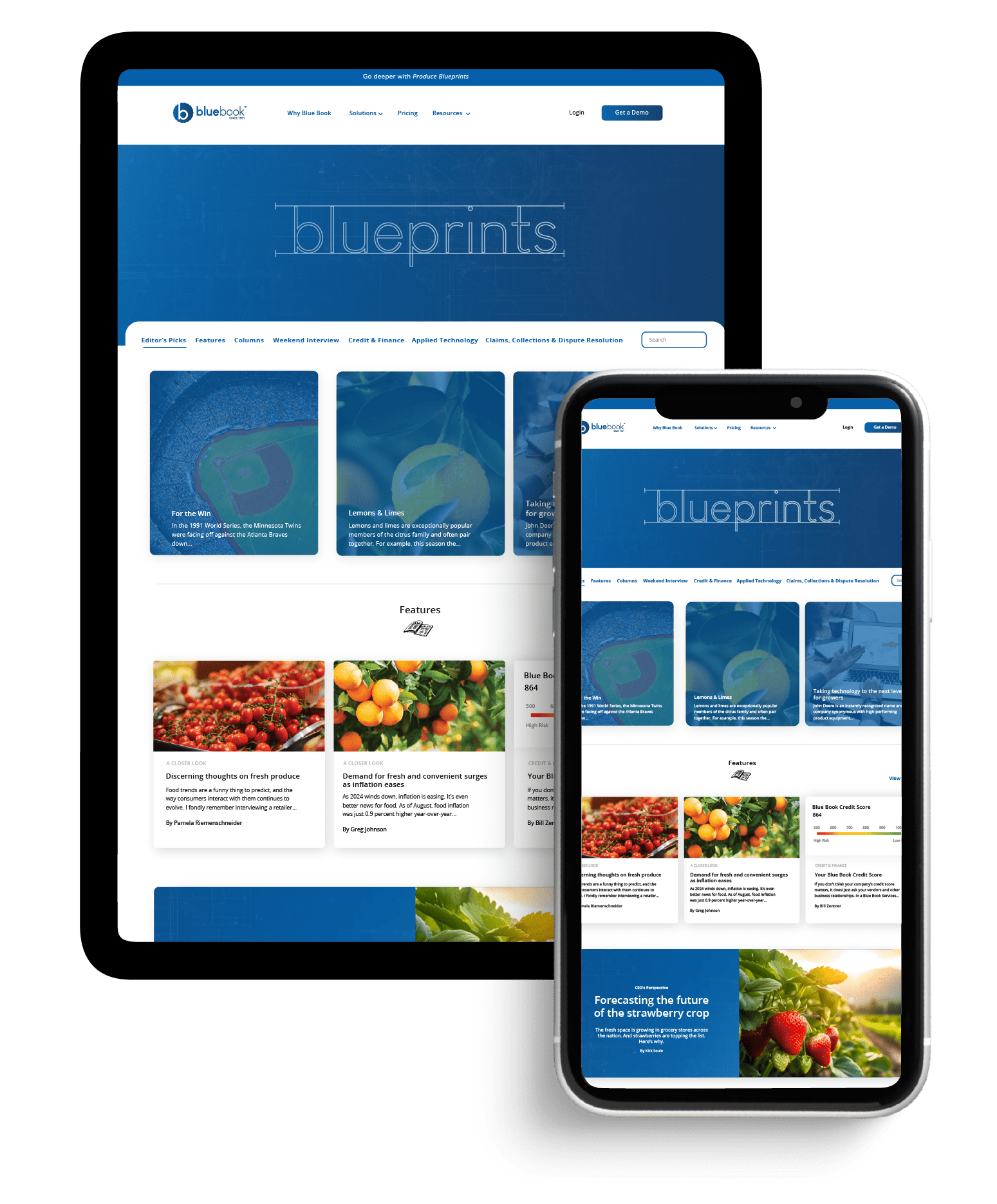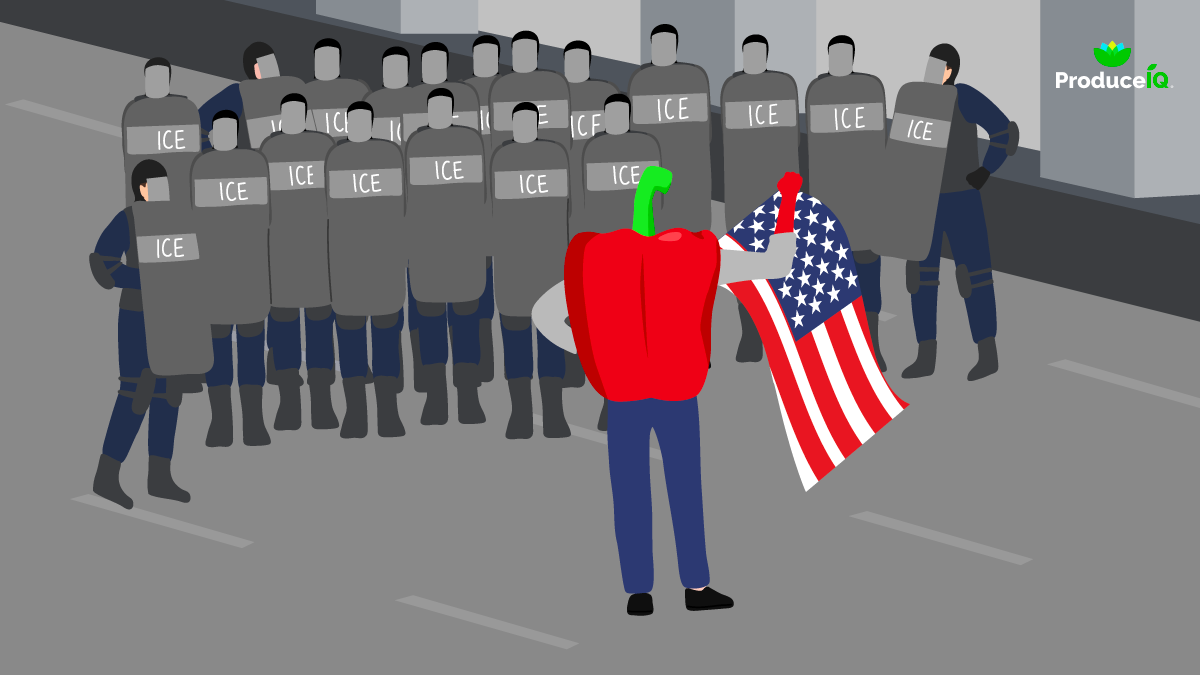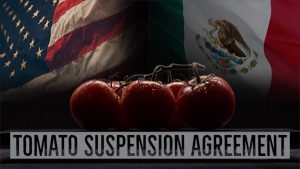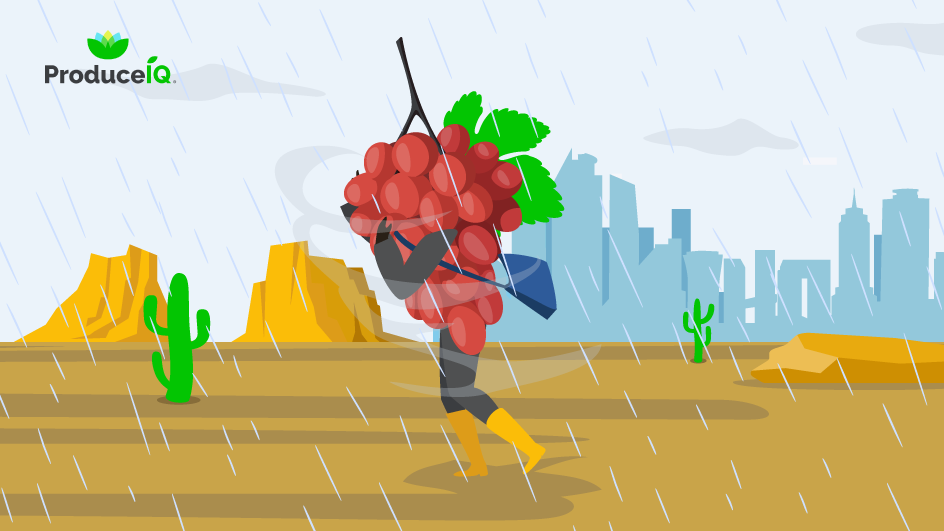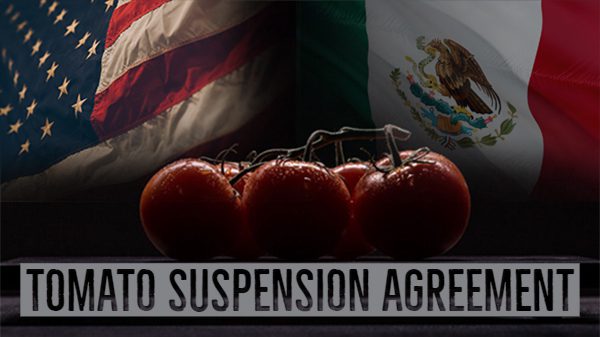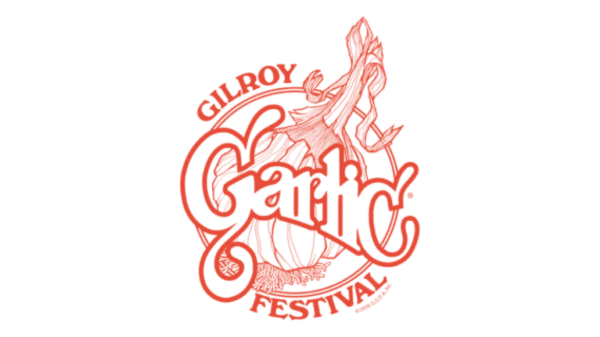
It must have been July 1983, or maybe ‘84. I went down to California’s Gilroy Garlic Festival with a friend in my un-air conditioned, beige, base-level Mazda (“Why don’t you drive a nicer car?” one girlfriend asked).
I associate the day with Journey’s “Separate Ways,” no doubt because it was playing on the way down.
Of course, it was hot—probably around 100. We’d been hungry starting out, so we made the mistake of getting something to eat first. This totally defeated the purpose, because the only reason to go was to sample the garlic-laced delights on offer, which considering the heat and the fact that we were already full, didn’t seem that appealing.
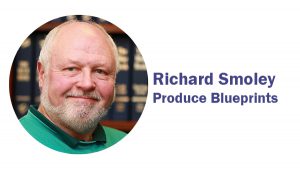
There was the booth offering samples of garlic ice cream in little scoops, the way they serve butter at IHOP. It tasted exactly as you would expect garlic ice cream to taste. I ate all of mine, but the surrounding area was littered with unfinished samples.
Then there was Garlique, a romantically inspired garlic perfume. Something to give your wife if you’re minded to ruin next Valentine’s Day.
In those days, before Bay Area rush-hour traffic became a seven-day affair, it was a pleasant two-hour drive down from San Francisco. Unlike most of California’s great agricultural landscape, it had some presence in the minds of urbanites because—well, a garlic festival?
This all rushes to mind in the wake of news that the Gilroy Garlic Festival has been canceled indefinitely.
You might be tempted to think it’s pandemic-related, since the festival was of course canceled in 2020, followed by an unsuccessful drive-through festival in 2021. Possibly memories of a mass shooting in 2019, in which a gunman killed three visitors and injured dozens more before killing himself, played some role.
But mostly it appears to be about insurance. The City of Gilroy is putting stiff insurance requirements on the festival (probably with the 2019 tragedy in mind).
“The City of Gilroy does require a minimum general liability coverage level of $1 million for any events occurring in city parks, on city streets, on city sidewalks, in city parking lots, in city buildings, or taking place in any city facility,” the Garlic Festival board said in a statement.
“But they are requiring much more from the Gilroy Garlic Festival Association. And for the record, GGFA does have insurance coverage of $1 million.”
In the wake of the 2019 incident, of course, it is reasonable for the city to ask for insurance somewhat more than the standard $1 million.
All things in this world have lifespans, and the Gilroy Garlic Festival, started in 1979, appears to have reached the end of its days.
California features festivals that are far more outré. The state’s north coast, whose inhabitants pride themselves on their eccentricities as fashionistas vaunt their styles, offers a banana slug festival: Slug Fest.
Unfazed by recent events, it is being held this year.
I haven’t gone, and I’m not planning to.


